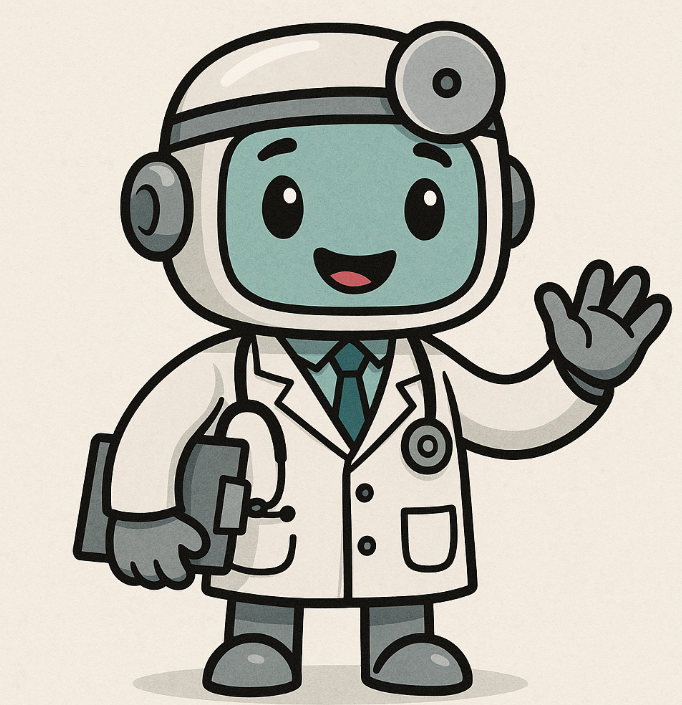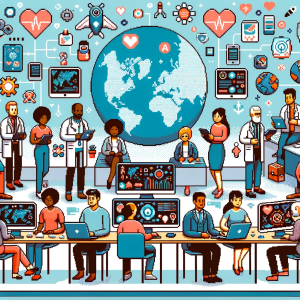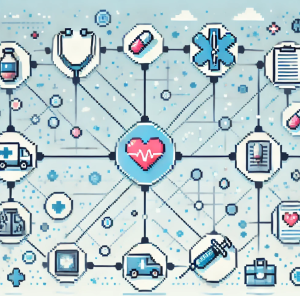
Only 2 in 10 Communities Are Prepared for AI in Health
In a busy county hospital, staff rely on every tool to keep patients moving through crowded wards. AI software promises to shave hours off diagnostic work and predict who needs urgent care first. But here’s the catch: while early results look impressive, the evidence shows many of these gains depend on best-case scenarios—not the messy realities of real-world healthcare.
That tension—between promise and practice—is at the heart of a new integrative review on artificial intelligence (AI) in healthcare. The study pulls together 17 evaluations, from economic models to ethical analyses, and surfaces three clear themes: (1) economic potential, (2) equity and ethical concerns, and (3) governance and implementation challenges.
The Problem: Big Potential, Bigger Gaps
AI could reshape public health by cutting diagnostic errors, reducing wait times, and saving billions of dollars in system costs. One model estimated savings of $2.3 million per hospital over ten years for treatment-related AI toolsfpubh-1-1617138. That’s not just numbers on a page—those savings could translate into more staff, more services, and better outcomes.
But here’s the problem: most of those numbers come from simulated models, not real-world trials. When tested outside the lab, systems like VinDr-CXR—a tool for chest x-ray interpretation—lost nearly a quarter of their accuracy. For health departments, funders, or nonprofits, that gap between projected and real-world performance is crucial.
The Evidence: Equity and Ethics Can’t Be Afterthoughts
Beyond economics, the review found major equity risks. Minority groups are often underrepresented in AI training data, creating biased outputs that worsen disparities. In some cases, models performed well for women but failed entirely for older adults.
Ethical oversight also lags behind. The opacity of “black box” systems limits patient autonomy and clinician trust. Without clear reporting on how AI decisions are made, communities risk adopting tools that undermine—not enhance—fairness and accountability.
For public health practice, this means we can’t just ask “does the tool work?” We need to ask “for whom does it work—and who might it harm?”
Practical Solutions: A Roadmap for Safer AI
The authors propose the Integrated Adaptive AI Translation Framework (IA²TF) as a guide for moving from promise to practice. It rests on five pillars:
- Co-design and problem definition – involve clinicians, patients, and ethicists early.
- Data interoperability – standardize systems (HL7 FHIR, DICOM) so AI can integrate smoothly.
- Real-world monitoring – track performance continuously and retrain when models drift.
- Ethical and regulatory integration – embed fairness audits, patient protections, and transparent “model cards.”
- Interdisciplinary governance – build committees that include data scientists, clinicians, ethicists, and legal experts.
This isn’t just theory. Hospitals could use the framework to set up internal AI governance boards, while public health agencies could demand transparent bias audits before contracting AI vendors.
Why This Matters Now
Public health systems are under strain—from opioid overdoses and extreme heat to pandemic recovery and chronic workforce shortages. Leaders are desperate for tools that make care more efficient. AI could help, but only if rolled out responsibly.
Ignoring the ethical and regulatory dimensions risks wasting money, eroding trust, and worsening inequities. By contrast, following structured frameworks could ensure AI tools actually deliver on their promise of better care, safer systems, and more equitable outcomes.
What’s Next for Practice and Policy
- For health departments: Pilot AI tools in controlled rollouts and require ongoing evaluation.
- For nonprofits and community programs: Push vendors to show how their tools address bias and equity.
- For policymakers: Work toward harmonized regulatory standards—fragmented rules slow adoption and put patients at risk.
The review makes clear: AI in healthcare isn’t plug-and-play. It requires the same diligence we apply to vaccines, medications, and other public health interventions.
Barriers to Watch
- Economic: High upfront costs, uncertain reimbursement models.
- Ethical: Algorithmic bias, lack of transparency.
- Regulatory: Fragmented global frameworks, slow harmonization.
- Practical: Data silos, clinician resistance, training needs.
Each barrier is surmountable—but only with deliberate effort.
Join the Conversation
The future of healthcare AI isn’t written yet. The choices we make now will shape whether AI reduces disparities or reinforces them.
- How could your agency apply this framework before adopting new technology?
- What barriers—funding, workforce, regulation—might keep you from implementing it?
- Does this research challenge the way you think about prevention and equity in AI adoption?



